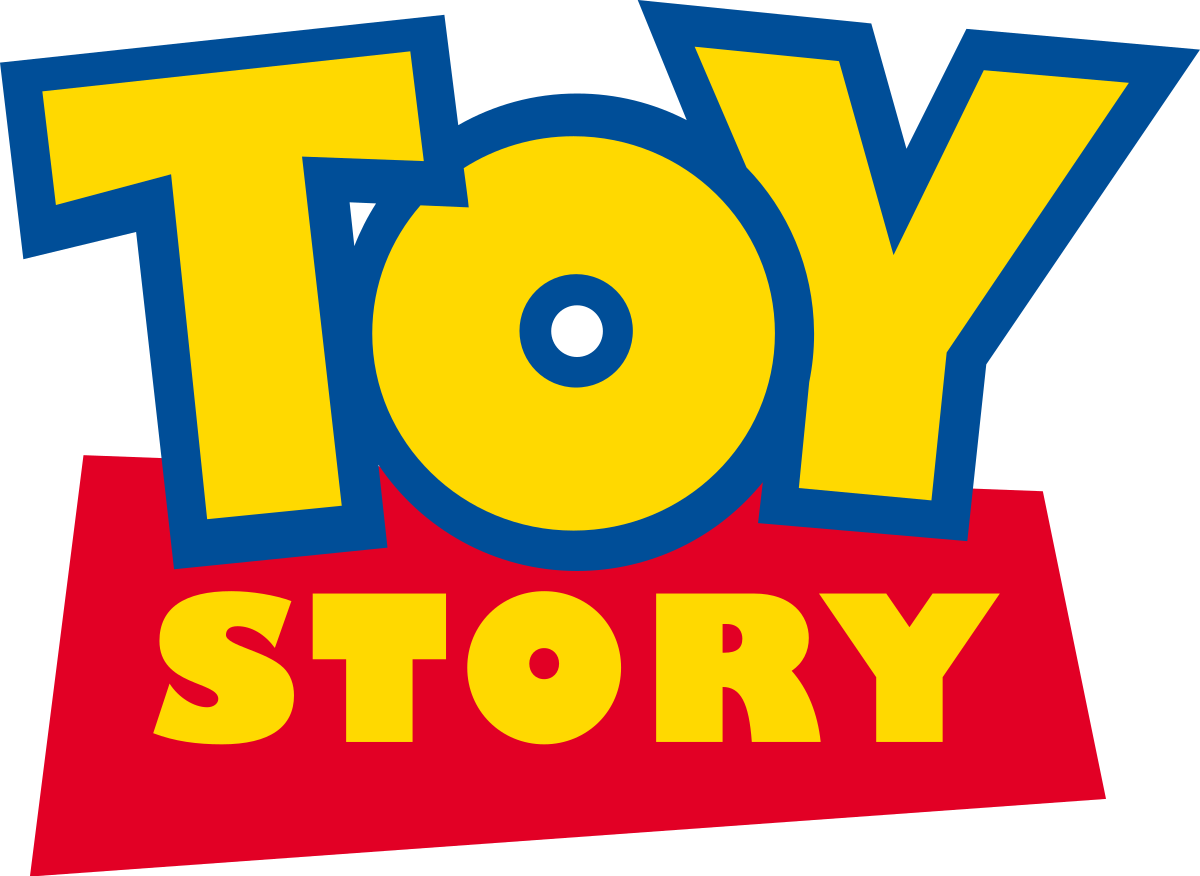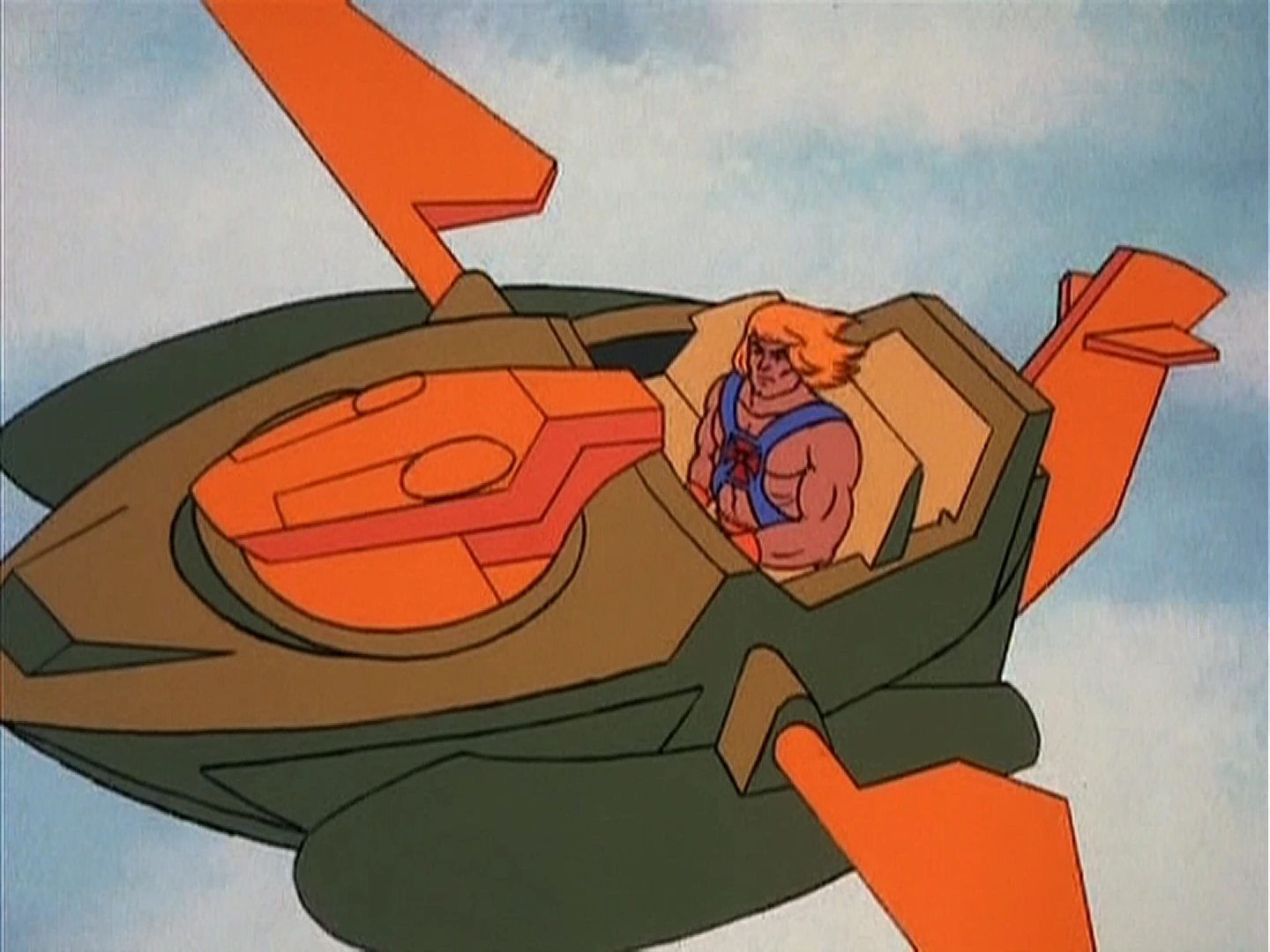Two things that always seem to bring me joy are serendipity and appsmashing. It's quite a rush when, by chance, I encounter an opportunity or idea when I'm not looking for it. I get a similar rush when I develop a new appsmash. Imagine my delight when I create or discover new appsmash without even trying. I was fortunate to have a serendipitous appsmashing moment just the other day.
Over the past month, I have been swimming in sketchnotes. Teachers have been jumping on the bandwagon of sketchnotes and submitting student work to the Cardinal Innovation Center Sketchnotes Gallery website. Recently, I was making the rounds returning scanned sketchnotes to teachers and students. It was on these rounds that an unexpected conversation arose. One of the teachers to which I was returning sketchnotes, Science teacher Dana Jobe, was absolutely over the moon with the engagement and visual thinking done by her students while sketchnoting. She couldn't stop singing their praises.
 I continued on my rounds, and as I met to meet with another teacher to follow up and return sketchnotes, I bumped into Dana. She wondered aloud if there was a way we could incorporate sketchnotes with academic conversations. I stopped in my tracks. The gears in my head starting turning rapidly, and almost simultaneously, we both exclaimed a resounding "Yes!".
I continued on my rounds, and as I met to meet with another teacher to follow up and return sketchnotes, I bumped into Dana. She wondered aloud if there was a way we could incorporate sketchnotes with academic conversations. I stopped in my tracks. The gears in my head starting turning rapidly, and almost simultaneously, we both exclaimed a resounding "Yes!".On the spot, we immediately began planning an academic conversation activity using the sketchnotes from the Cardinal Innovation Center Sketchnotes Gallery. They were tasked with choosing one sketchnote, but if it was one they created, they had to choose a different one. Their next steps were to write down 2-3 talking points and meet with an elbow partner.
From there, students began speaking for about two minutes explaining the topic using the symbolism and images on the screen. They were allowed to point out and refer to anything on the sketchnote. To make sure they talked for two minutes, their elbow partner was tasked with asking for clarification and other questions. Once the speaker is done, the roles reverse.
Students took to this activity instantly largely due to the fact Mrs. Jobe wanted this to be a quick review for a test they were about to take. Mrs. Jobe knew her kids would take this more seriously with the specter of a test looming.
Being #AlwaysInBeta, you can bet this appsmash is only going to evolve. Moving forward, Mrs. Jobe and I are planning to add screencasting into the mix. Not only do we want students to learn from and explain each other's sketchnotes with academic conversations, we want them to record it. We want them to be able to go back and listen to their explanations and understandings in an effort to catch mistakes as well as improving fluency and articulation. A large number of the students we serve are English Learners, and this is a great to way to help them grasp some difficult science content.
Stay tuned!





































